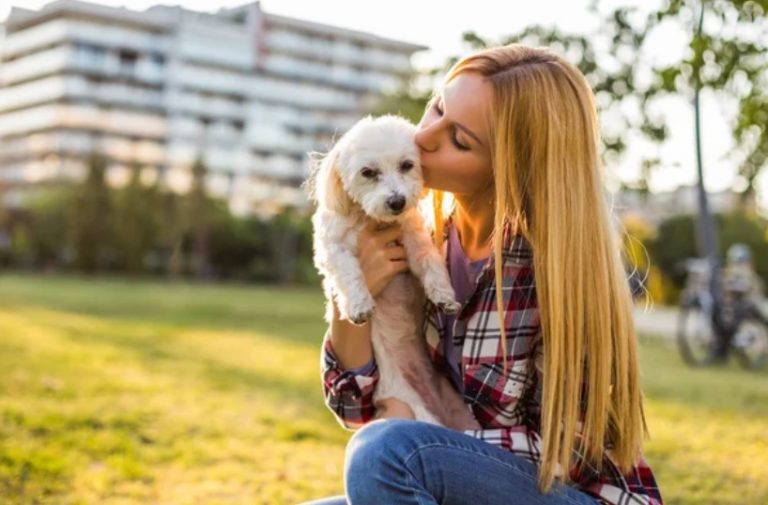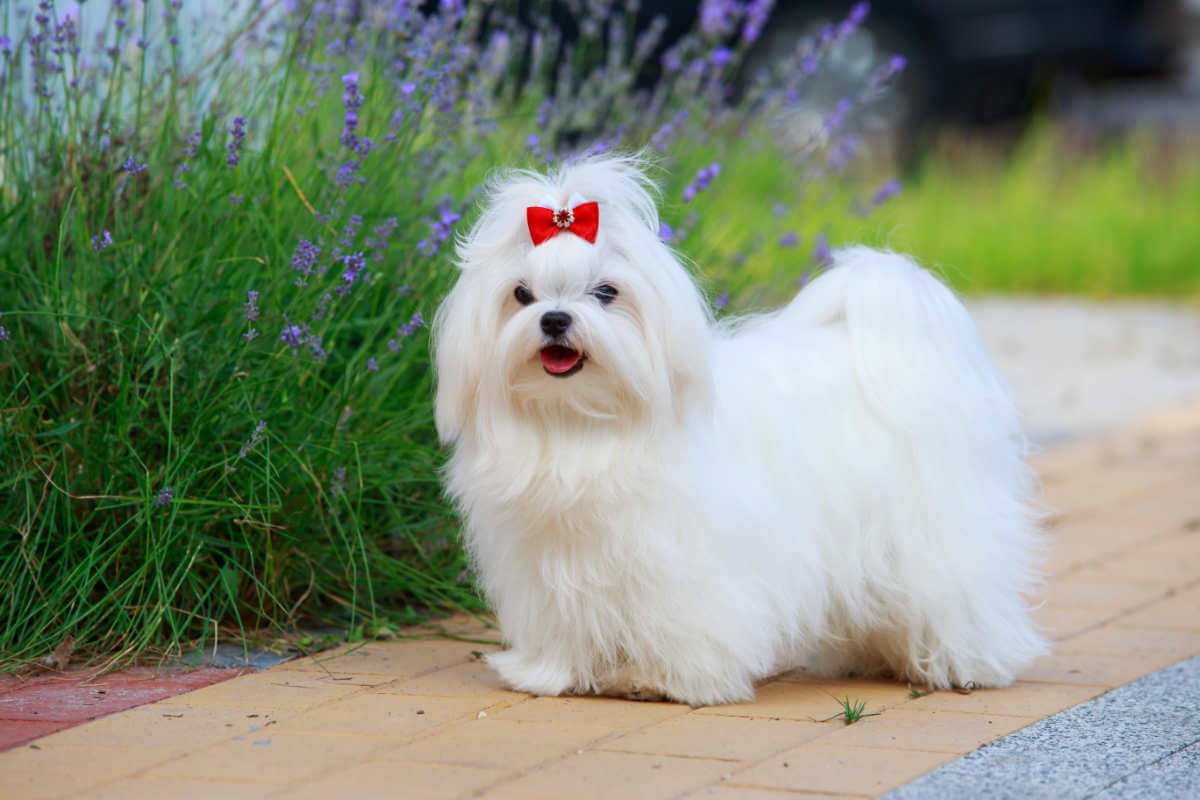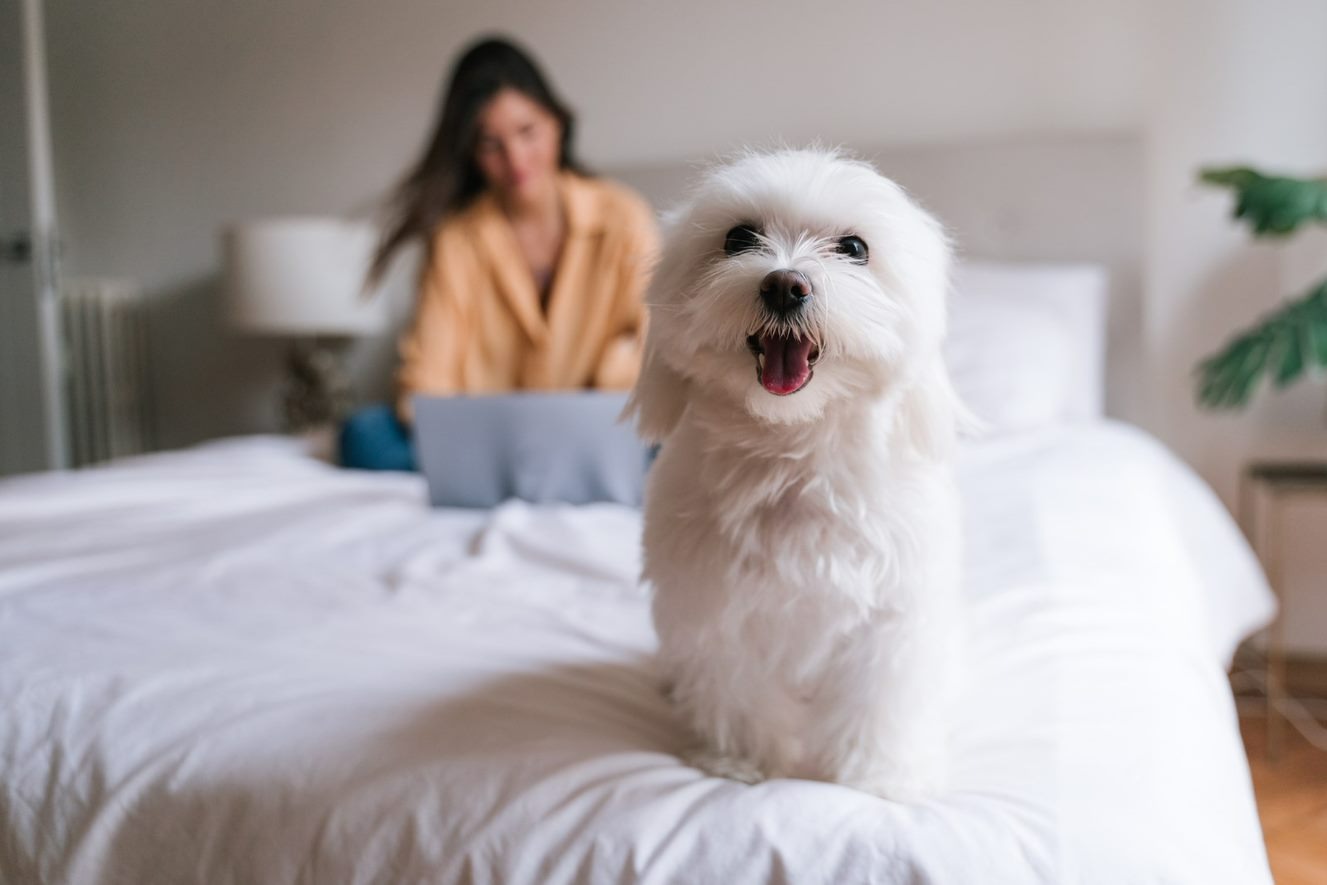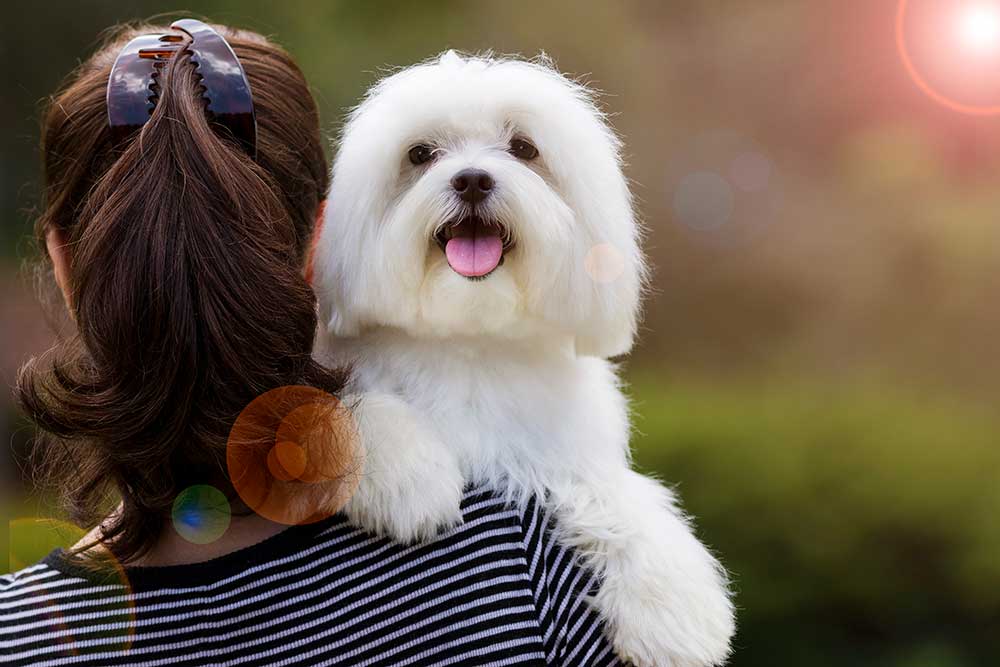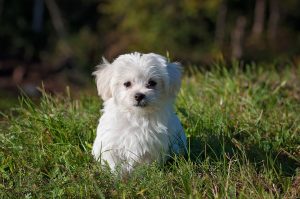Maltese is a small dog breed famous for its distinctive appearance and charming personality. Among dog lovers and pet parents, the Maltese has become a popular choice. It is no surprise the breed is among the 30 most popular dog breeds by The American Kennel Club. In the past few years, people are looking for hypoallergenic breeds. So, are Maltese hypoallergenic?
Let’s find out. We will take a look at what makes a dog breed hypoallergenic, and whether you can own a dog if you have allergies.
Can You Own A Dog If You Have Allergies?
According to the Asthma and Allergy Foundation of America, three in ten people with allergies in the country have pet allergies. Lately, pet allergies have become a common thing, mainly in people with asthma.
They are triggered by proteins in a dog’s saliva, urine, or dander. The symptoms often appear as sneezing, irritated eyes, and congestion. Yet, despite everything, some people cannot fight the urge of owning a dog.
If you want to own a pet despite your allergies, it is recommended that you get a hypoallergenic dog breed. Is that possible? Let’s take a look.
Are Maltese good for allergy sufferers?
Maltese dogs are considered to be hypoallergenic, in the same way as Poodle and Bichon Frise.
They make great pets for people with allergies. And they are infamous for being picky eaters. Let’s discuss how and why you can own a Maltese dog breed if you have allergies.
Get To Know Maltese Dogs
Maltese, or the dog of Malta, is a small, compact dog with a long, white, silky white coat. There might be variations of the color, like cream and ivory around the ears. But the white silky coat is the signature feature of the Maltese puppy. Combine that with the baby-seal eyes and black button nose, and you have an adorable-looking puppy.
These dogs grow between 7 and 10 inches and weigh between 5 and 8 pounds. Isn’t that convenient? You can carry your dog anywhere with you.
The white coat of the puppy is amazing for allergy sufferers. The small puppy with white hair has a single coat. Unlike dogs with a double coat, the Maltese have only a single layer, without any undercoat. Their hair grows straight, without curl or kink.
And here is another bonus feature. The Maltese doesn’t shed, it is a low-dander dog. Shedding fur and dandruff are usually the two biggest triggers of allergic reactions. But the lack of these triggers makes the Maltese puppy an amazing choice.
Maltese Temperament
Speaking of the temperament of the puppy, the Maltese dog breed is a lively companion, famous for its sweet and obedient nature. It makes this puppy easy to train, and extremely loyal.
What the Maltese lacks in size, it makes up in energy, affection, and intelligence. These wonderful companions can also serve as therapy dogs and thrive as competitors in dog sports.
Yet, being a small lap dog, this hypoallergenic breed thrives indoors. It is best suited for apartment living. They have a friendly and sociable nature and love to socialize with other animals and children. Yet, we have to mention, because of its small size, the Maltese is not good for little babies or toddlers. They might step on the small dog.
What does hypoallergenic mean?
Now, let’s take a look into the topic of hypoallergenic dogs. The term refers to something having a small chance of triggering an allergic reaction. For example, if you use a lot of cosmetics, you have probably come across the term before.
Now, we have to note that The American Kennel Club says that no dog is 100% hypoallergenic. That is because while these dogs do not shed and have a hypoallergenic coat, they still release saliva. And pet allergies, as we said before, can be triggered by saliva, dander, and urine.
Dogs like Maltese are less likely to cause an allergic reaction. Their non-shedding coats reduce the chance by eliminating one of the triggers.
Why Are Maltese Amazing For Allergy Sufferers?
Maltese are not the only dogs that have a single coat of hair. Their hair grows continuously, similar to human hair. Instead of a double coat or fur like other dog breeds, they have a single coat.
This results in reduced shedding, minimal or no shedding at all. They also have minimal dander, another common allergen found in skin cells and saliva.
Now, we have to note that allergies are highly individual. Some people might be more sensitive than others. There are also factors like genetics, immune system, and overall health that play a role.
Yet, generally speaking, Maltese owners do not experience allergies like other people with allergies.
Are Certain Breeds Bad For Allergy Sufferers?
While Maltese puppies are great for people with allergies, there are dogs that are an absolute NO. Those include:
- Labrador Retriever
- Golden Retriever
- Siberian Husky
- Saint Bernard
- Doberman Pinscher
- Basset Hound
- Pekingese
- Pug
How To Reduce Dog Allergies At Home?
Now let’s finish off the article with some tips. We talked about whether Maltese are hypoallergenic. Now let’s talk about how you can alleviate dog allergies at home. Here are some practical tips:
- Keep your dog out of your bedroom, allowing you to breathe easier while you are resting
- Use a HEPA air cleaner in your bedroom and living room for extra precaution
- Steam clean your carpet frequently
- If you have hardwood floors and use throw rugs, wash them in hot water regularly
- Use a damp cloth on hard floors to pick up pet allergens
- Change your clothes after being around your dog for an extended period of time
- Bathe your dog regularly

